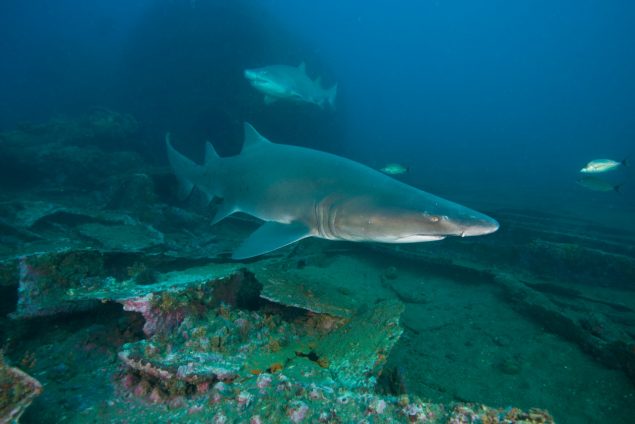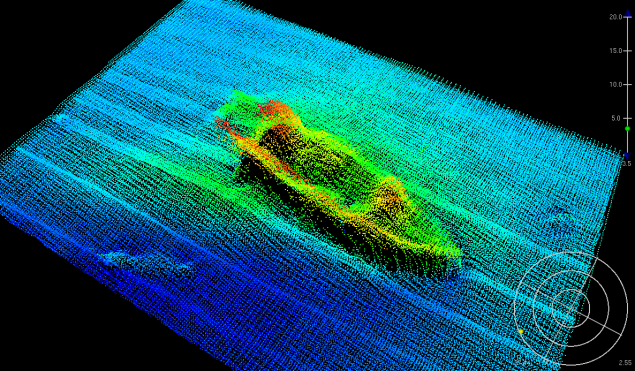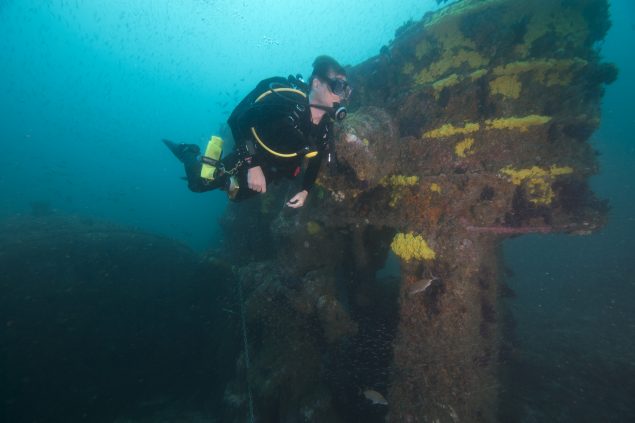The following are a selection of lesson plans and free resources for educators courtesy of GFOE and NOAA’s Monitor National Marine Sanctuary. You can find additional resources and materials on the Sanctuary’s website.
Grades 4 – 6
How do archaeologists study details in shipwrecks? This lesson plan is a fun activity as students piece together a photomosaic of the Monitor.

Grades 6 – 8
This GFOE education module will introduce students to shipwrecks through videos, career advice from archaeologists, and facts and essays. Students can also work together to answer critical thinking questions.
This hands-on activity will introduce students to artificial reefs as they practice data sampling, collection, and analysis techniques. Cutouts and log sheets can be found on the Sanctuary’s main education page under the lesson.
This GFOE education module will introduce students to various tools used to explore the ocean. Videos, career advice from professionals, and critical thinking activities will help your student learn more about ROV’s and AUV’s.
Remotely Operated Vehicles (ROV)
This curriculum will introduce students to engineering and ROV’s through a variety of hands-on and problem-solving activities. The curriculum can be taught in its entirety or broken down into individual lessons. It can also be adapted for Grades 9 – 12.
If your students are interested in underwater filmmaking, this GFOE education module will be a good starting point for them to learn more about this field that blends science and art. Students can hear from professional filmmakers, watch videos, and learn more about the equipment needed to film underwater.

Grades 9 – 12
High school students become “divers” as they study and map a mock shipwreck. This hands-on activity will teach students about maritime archaeology, mathematics, and technology. Log sheets for the activity can be found on the Sanctuary’s main education page under the lesson.
High school students will use chemistry to learn how marine archaeological artifacts are conserved using the Monitor as an example.

For a deeper dive into the history surrounding some of the shipwrecks we are investigating, please see:


